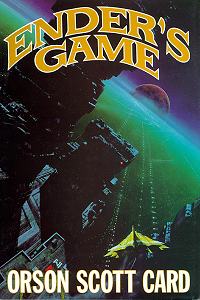


What is Art?
Recently, I am reading Camille Paglia’s ‘Sexual Personae’ and I come across this; “Freud has no rivals among his successors because they think he wrote science, when in fact he wrote art.” It feels good seeing someone write what I’d always felt.
The distance between science and art never was a deep divide. The myth lingers that the founders of modern chemistry, the Alchemists, had a get rich quick scheme to turn lead into gold. The Christians, notorious for stifling progression with fear of change, naturally, fabricated this. What the Alchemists sought was a metaphorical gold of the spirit; their use of proto-pagan symbols verifies this.
But I don’t intend to be Christian-bashing here – whose architects have been masters of the fusion of art and spirit in the western world for the better part of two millennium. I feel with in the question ‘What Is Art’ there is a strong need to define what is real as opposed to what is imagined; therein lies the true freedom of the individual.
To define the division between science and art is to define the connection as well, for one cannot exist without the other. At the most basic, the art of language; science would be lost without it. And the science of transmission – television for example, so much art would not have been created, or perhaps simply altered to suit another medium. Is it a fine line in the mind that separates the real from the imagined, or is art the struggle to define what is real in metaphorical terms?
The thing is, we all live vicariously through the arts. When we have actual, visceral experience, part of our innate social pact is to share that experience, so that others may have our experience vicariously. Not everyone takes up the challenge, though. The few who do the art of their experience get called ‘artists’.
One of the greatest problems with religious art is that it merely repeats a vicarious experience of another, and so on. Their audience feels a need to even further detach itself from the original artist, making the work more mythological and fictitious. Which brings us to the question of how valid as experience IS the original? Since all art is metaphor, the paradox is that even so-called representational art, let’s say, an artist invites patrons into a forest and says; ‘this tree is my artwork, and I call this piece ‘Tree’. The moment it is perceived as art, it is no longer itself but is instead a representation of itself.
Is art a piffling night’s entertainment for the jaded as much as it is a salve for the helpless, the wretched and the damned? At what point does the art of yoga become the science of health?
Art has no inherent morality. Personally, I’d like to think of myself as one who seeks the type of art that would challenge, or at least test, whatever preconceptions I’ve picked up. However, all my initial reactions tend to be pedantic, as predictable as a caged animal. It often takes me years of separation from the stimuli of the original art to realize how much I’ve assumed. The mind protects itself, often using faulty logic and imagining trauma where there is none. Bad art will support, enable our assumptions, biases and paranoias. Good art will challenge us and question all potential illusions.























































